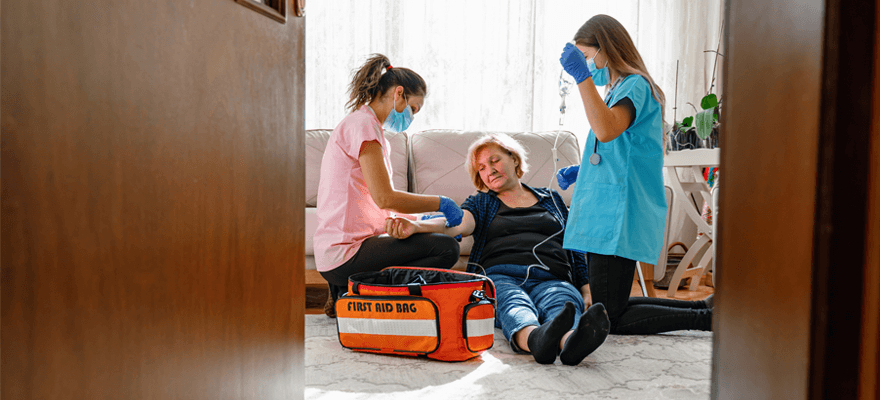A quick and meaningful response to an emergency call is imperative. It can be the difference between life and death. What I mean by a “quick response” is straightforward: Somebody responding to an SOS call as fast as is possible. But what do I mean by a “meaningful response?”.
I mean that the response achieves what it sets out to do, for example, the responder provides appropriate first aid. This wouldn’t be possible if an emergency call is delivered to somebody who is unable to carry out first aid.
By using a real time location system such as Sense to make improvements to emergency responses, companies can expect to see emergency alerts delivered to device-wearing colleagues with the appropriate skills. Workflows can be set-up to filter how alerts are sent, and those same workflows can be triggered when certain parameters are met to set processes in motion, significantly reducing delays and helping to remove blockers that prevent problems from solved quickly.
Finding the nearest available employee
In an environment such as a care home, employees are fully trained to respond appropriately to an emergency, therefore it’s reasonable to send an emergency alert to the nearest available employee device.
This means an employee can attend and assess the situation before using their device to trigger next steps. For example, they can alert a colleague to call to an ambulance whilst first aid is delivered.
This speeds up emergency responses by selecting someone who is located close to a situation, as well as available. It is no good sending an emergency alert to someone who is already responding to another emergency elsewhere, even if they’re only in the room next door.
Finding the nearest available skilled employee
In certain situations, or environments, it may be more appropriate to deliver emergency alerts only to employees with certain skills. For example, on a shop floor where only supervisors or managers are trained in first aid.
Being able to filter employee skills on top of nearest available criteria enables companies a wealth of options to create workflows which enable quick and meaningful responses to a wide variety of emergency situations.
Having processes in place for a wide variety of situations improves business continuity, and significantly improves outcomes in emergencies.
Pre-emptive movement / fall detection
Whilst using a real time location system, it’s possible to pre-empt emergencies using RFID tags (or wristbands in a care home environment). For example, if a bed-bound vulnerable patient tried to get up and leave their room, a wristband could notify staff to respond as soon as possible, before any harm can be done.
Alternatively, if equipment was overheating, or if air quality problems occurred, such as an oxygen tank leaking, then staff could be notified of that too and an emergency response process triggered on real time location devices.
About Sense
Sense is a real time location system where employees are given wearable devices, or use a mobile app, to monitor location, assign tasks and track time & attendance. To learn more about Sense’s functionality and how you can produce faster, meaningful emergency responses, get in touch today.







